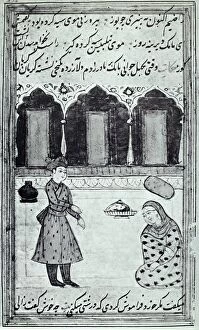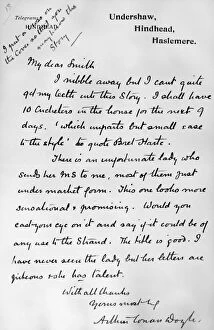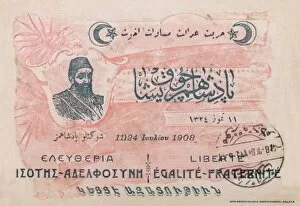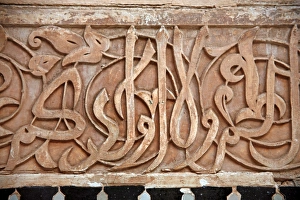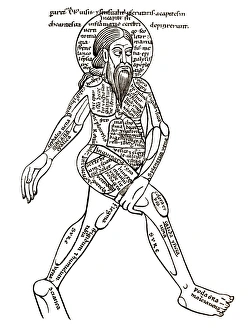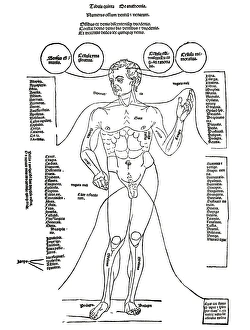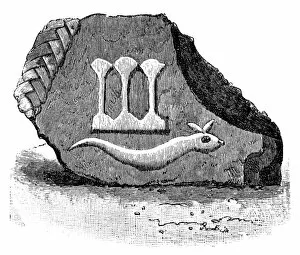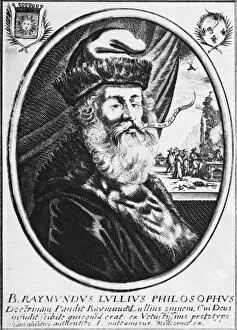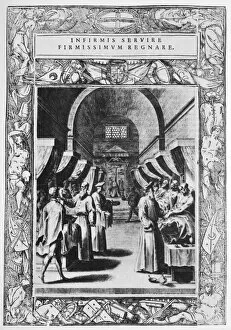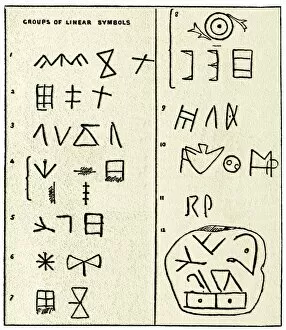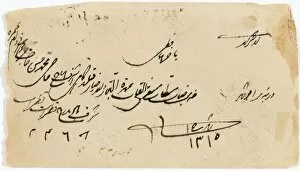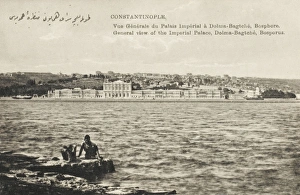Script Collection (page 43)
"Unveiling the Power of Script: A Journey through Time and Cultures" Step into the British Museum in London, England, where history comes alive through ancient artifacts
All Professionally Made to Order for Quick Shipping
"Unveiling the Power of Script: A Journey through Time and Cultures" Step into the British Museum in London, England, where history comes alive through ancient artifacts. Among them stands the iconic Rosetta Stone, a symbol of deciphering mysteries from the past. The Rosetta Stone, housed within this magnificent institution in Europe's United Kingdom, holds clues to unlocking forgotten languages. Its inscriptions paved the way for understanding Egyptian hieroglyphs and demotic script. Delving further into written legacies, we encounter another remarkable manuscript – Hippocrates' code of ethical conduct known as The Hippocratic Oath. This Byzantine masterpiece from the 12th century is intricately crafted in cross-shaped form. In Paris, France, Europe's artistic hub, a Torah scroll catches our eye. Adorned with Silver Crown finials made of paper, wood & silver by William Cutbush and Sons; it represents Jewish traditions passed down through generations. Script not only preserves cultural heritage but also captures literary brilliance. Renowned poet Dylan Thomas harnessed its power to create timeless verses that resonate with readers even today. Beyond language and literature lies an intriguing aspect – the development of alphabets. Witness how different civilizations shaped their unique scripts over time; each stroke telling a story of human ingenuity. From East to West, calligraphy emerges as an art form celebrated worldwide. In Japan, a young girl practices her brush strokes diligently - honing her skills while embracing tradition and beauty intertwined on paper. But script extends beyond pen and ink; it permeates every facet of life. From Kelways Manual guiding gardeners on plants and seeds to Carters Winter and Spring Flowers catalog enticing green thumbs everywhere - words shape our botanical world too. In this digital age dominated by screens and keyboards, let us not forget that even computer code relies on script's foundation—strings of characters weaving together intricate algorithms powering our interconnected world.

